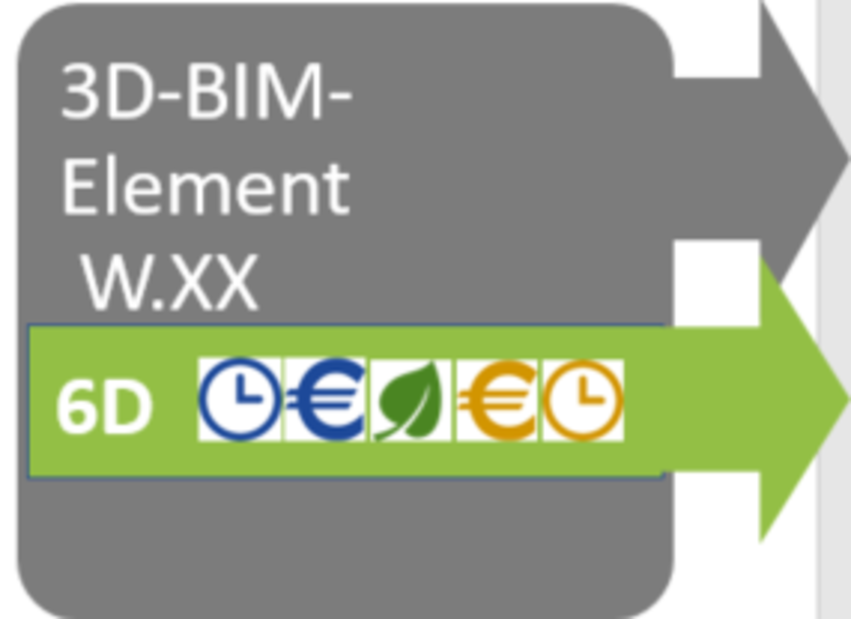By 2050, the building sector has to become "largely" CO2-neutral for achieving the climate protection targets of the Paris agreement. This means a tremendous challenge and compels us to face the carbon neutrality seriously from the early stages of the planning processes. The overall aim of this project is therefore to provide a life cycle analysis throughout the entire planning and construction process of a building with a special focus on CO2-neutrality.
To this end, Building Information Modeling (BIM) is an appropriate method. But while in many other countries the use of BIM software is already well established, at least for the 3D stage, the German-speaking area has just recently begun to adopt this technology. Specialist consultants involved in BIM-based planning have no other choice but to work outside the digital building model.
On the other hand Austria has developed a BIM properties server, unique in Europe, that defines a multidimensional data model and exchange format on basis of an IFC4 ADD 1 standard, in line with the Austrian regulation ÖNORM A 6241-2 (Digital structure documentation - Part 2: Building Information Modeling (BIM) - Level 3-iBIM).
The present project aims to close the gap between specialist consultants and BIM applications. For that, relevant data for cost estimation, scheduling construction planning and management or sustainability, shall be added automatically to BIM elements and imported into the respective specialist planning software. This data exchange shall be carried out using IFC interface according to ÖNORM A6241-2 and the properties of the ASI properties server via a central platform, the "6D BIM Terminal".
Required worksteps are:
• Development of process patterns based on use cases (survey of software producers and users, analysis of procedures, responsibilities, data interfaces, software components).
• Definition of the workflow (subprocesses) for reading and interpreting the 6D BIM Terminal
• Development of a clear communication scheme for the exchange of material and element specific information between all involved object planners, specialist consultants and later executing companies
On this basis, the "6D BIM Terminal" and the connection of the specialist planning tools to ASI properties server and BIM applications will be developed.
The expected results of the project are as follows:
• Prototype of a "6D BIM Terminal" with functional user interface, API interfaces and reference catalog for building elements and building services systems
• Interface for existing specialist planning softwares to the 6D BIM Terminal
• Guidelines for planners with the required BIM attribute information (PSet's)
The findings from the basic work should also lead to a:
• Request for inclusion of additional properties in the ASI properties server
• Request to the Austrian Federal Ministry of Science, Reseach and Economy (BMWFW) for an adaptation proposal of the Standard Services Book for the Building Trade (StLB Hochbau)



